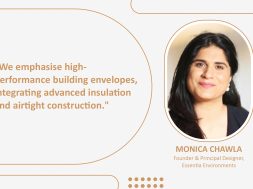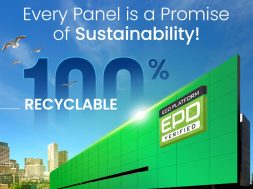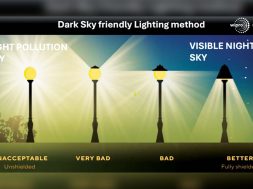Integrated renewable energy powers sustainable architecture
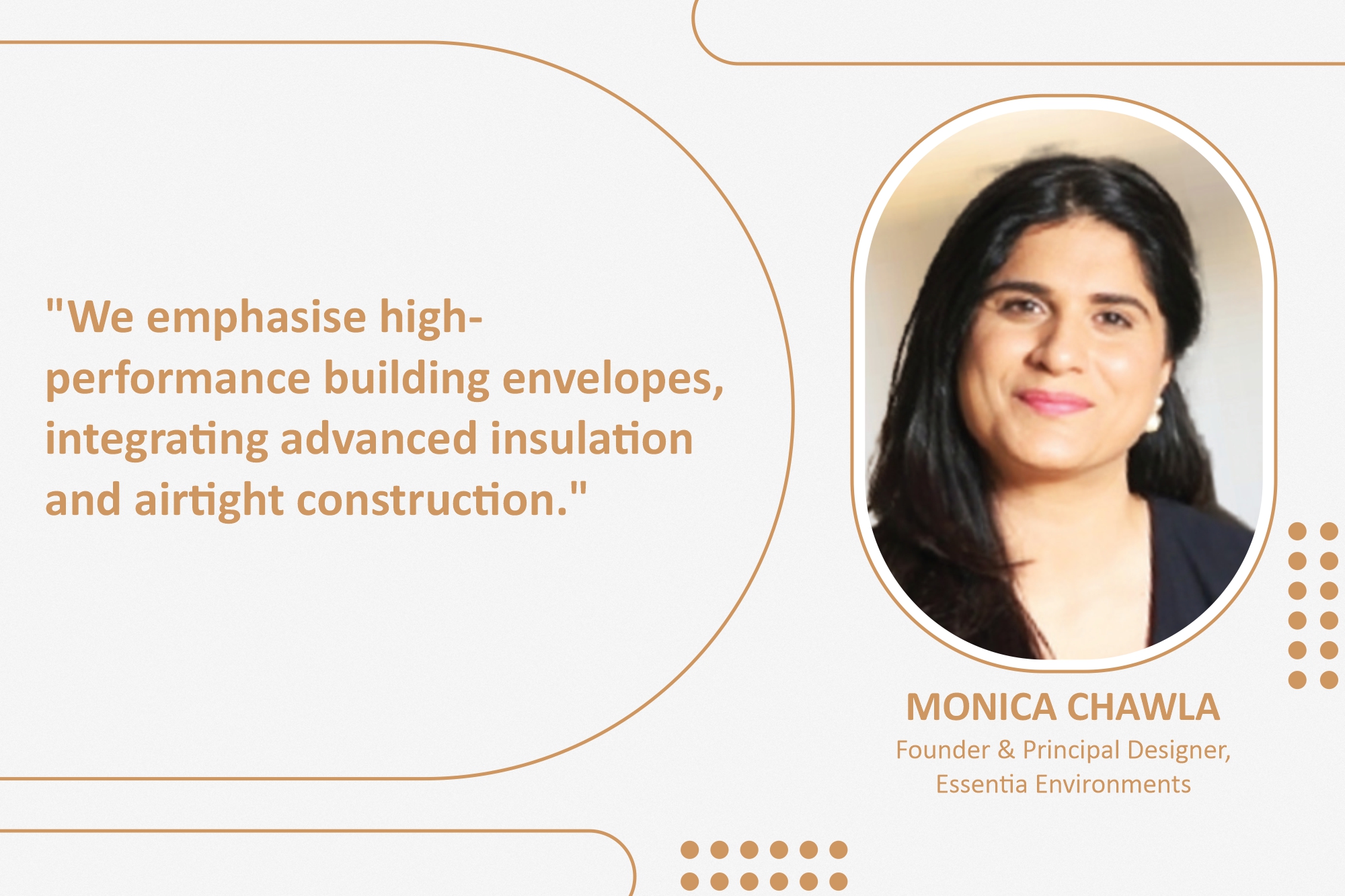
This discussion explores the formulation of energy-efficient methods for natural lighting, material selection, and achieving net-zero strategies.
How do you incorporate passive design strategies, such as orientation and shading, to optimise energy efficiency in your building projects?
Passive design is central to our energy efficiency strategy. We use advanced computer simulations to analyse the sun’s path and seasonal variations, guiding building orientation and fenestration decisions. Utilising natural features like trees and landscaping, we enhance shading to optimise thermal comfort. This proactive approach minimises reliance on mechanical systems, leading to reduced energy consumption and a more sustainable built environment.
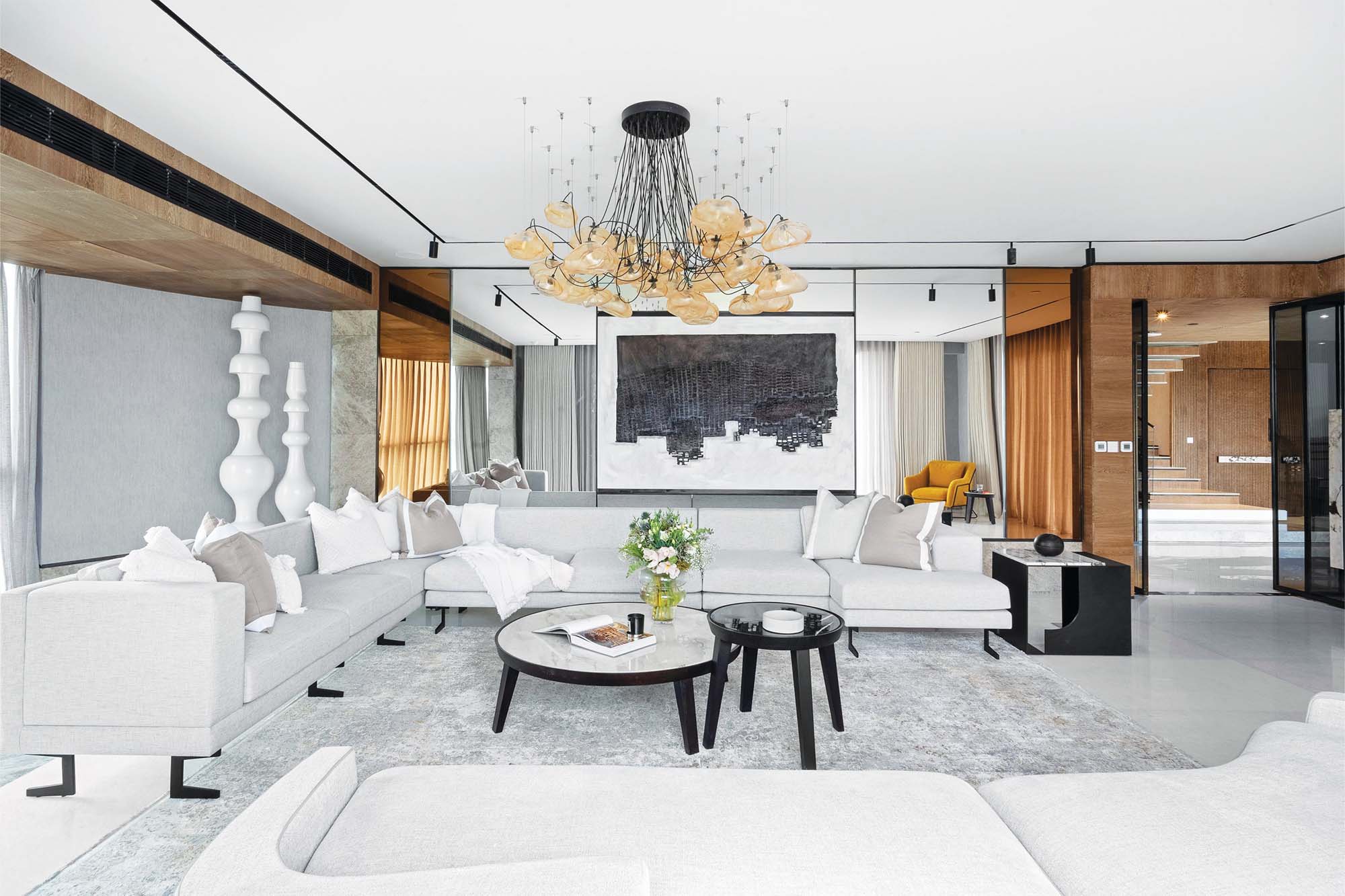
How do you address the balance between energy efficiency and aesthetic considerations in your architectural designs?
Our commitment to sustainability extends to the aesthetic aspects of our designs. We encourage using locally sourced, eco-friendly materials that enhance the visual appeal of our projects. Integrating energy-efficient windows and thoughtful daylighting strategies ensures that our buildings are environmentally responsible and offer occupants a visually pleasing and comfortable environment. Striking a balance between energy efficiency and aesthetics is integral to our design ethos.
Can you describe your approach to optimising natural lighting in buildings to minimise the need for artificial lighting and enhance energy efficiency?
Optimising natural lighting is a key aspect of our design process. We employ innovative technologies such as light sensors and automated shading systems to dynamically adjust to changing daylight conditions. Additionally, we use materials with high transmittance to maximise natural light penetration while minimising glare. This approach reduces energy consumption and fosters a connection to the outdoors, improving the overall well-being of occupants.

How do you approach selecting energy-efficient materials and technologies in your projects, considering both environmental impact and long-term energy savings?
Selecting energy-efficient materials and technologies is a significant part of our design process. We conduct extensive research to identify materials with low embodied energy and high durability. We also essentially choose renewable materials and those with minimal environmental impact. Integrating energy-efficient technologies, such as LED lighting and high-efficiency HVAC systems, allows us to achieve optimal performance. This holistic approach ensures that our projects are environmentally responsible and economically efficient over time.
What design strategies and technologies do you prioritise in net-zero projects to achieve energy neutrality and reduce environmental impact?
Achieving energy neutrality in our net-zero projects involves a multifaceted approach. We focus on high-performance building envelopes, incorporating advanced insulation and airtight construction. Renewable energy sources such as solar and wind are seamlessly integrated, and energy-efficient HVAC systems ensure minimal energy consumption. Additionally, smart energy management and monitoring technologies help fine-tune and optimise the building’s performance over time, ultimately reducing its overall environmental footprint.
For more info visit: https://essentiaenvironments.com/
Cookie Consent
We use cookies to personalize your experience. By continuing to visit this website you agree to our Terms & Conditions, Privacy Policy and Cookie Policy.
